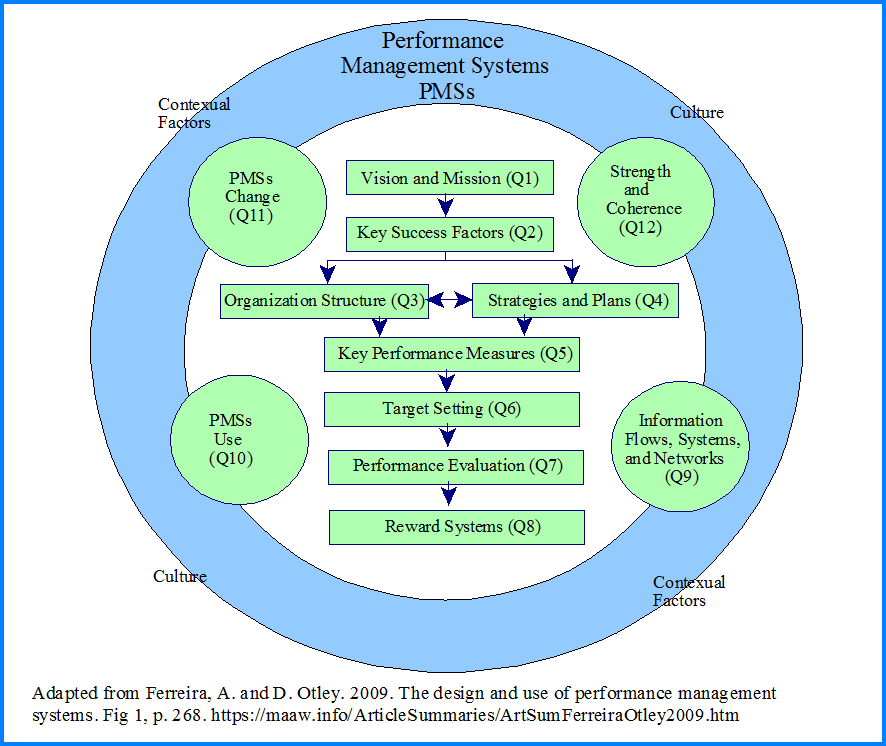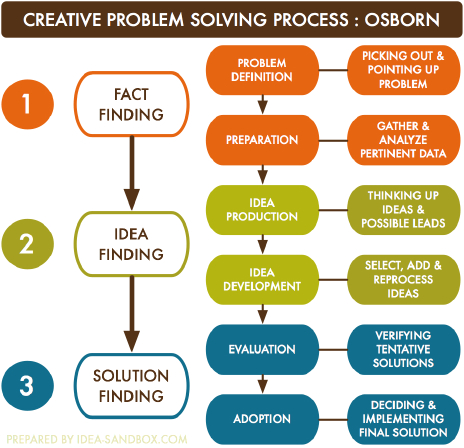How To Be An Engaging Leader
A Look At Self Mastery :How Successful Executives Develop
Successful and effective leaders get to be that way by responding positively and adaptively over a long period of time to diverse but specific experiences. Basically, these can be grouped into five types:
Challenging jobs.
Challenging jobs—starting up something or fixing troubled operations, expanding large operations, working on time-limited projects from crises to systems installation—teach about the subtleties of leadership. These developmental challenges represent what leaders actually have to do. Such jobs teach how to cope with pressure, learn quickly, or deal with balky subordinates. In absolute terms, challenging assignments are the best teacher. They provide both the greatest variety and number of lessons requisite for executive leadership.
Bosses and other people.
Bosses and other people, both good and bad, serve as significant role models for values. Exceptional people seem to create a punctuation mark for executives, either by representing what to be or to do or what not to be or not to do. Whether by serving as models of integrity or acumen, poor ethics or avarice, certain bosses exemplify how values play out in management settings.
Hardships.
Hardships teach executives about their limits. These include making mistakes, getting stuck in dead-end jobs, enduring the traumas of life such as untimely deaths and tornadoes, and having to fire people. Regardless of the event, managers experiencing hardships will often look inward to reflect on their humanity, their resilience, and, most importantly, their flaws.
Coursework.
Coursework can serve as a powerful comparison point, a chance to build self-confidence by sizing oneself up against managers from other organizations. Courses are also a place to trade tips, listen to war stories, and pick up different approaches to solving problems.
Off-the-job experiences.
Experiences off the job, usually relating to community service, can be primers in persuasion. Each of these types of experience teaches something unique, and learning from a variety of experiences can lead to one's being a manager with balance, able to respond adaptively to a variety of challenges. For instance, the confidence built through successfully coping with challenging jobs can lead to arrogance unless tempered by a sense of one's own foibles and limits; this is usually learned through facing hardships.
Having a variety of experiences is a prerequisite for success. The flip side also holds. Not having a variety of experiences or failing to learn from them can lead to failure or derailment—having one's career involuntarily and prematurely stalled or stopped through demotion, plateauing, or being fired.
As mentioned above,
challenging jobs are the best teacher. The following types of jobs were reported to be the most developmental:
Start-ups.
Start-ups are assignments in which the manager starts from scratch to produce something—for instance, products, plants, or subsidiaries. With little history and few rules to follow, in the face of ambiguity and uncertainty, the manager must plan, build teams, act, learn from mistakes, and, finally, produce. This kind of job teaches one to be able to stand alone and take charge.
Fix-its.
Fix-it jobs—for instance, turning around troubled units or integrating feuding or nonaligned departments—teach managers about both building and using structure and management and control systems, as well as how to cajole and persuade others that the new ways and systems are better than the old. Some realize for the first time how toughness (tearing down and restructuring) and compassion (rebuilding, motivating, and cajoling) can be demanded at the same time.
Stark leaps in scope and scale.
Large leaps in responsibility—switching to new businesses or facing large increases in the number of people, dollars, or functions that must be managed—put the manager in the position of having responsibilities that can no longer be handled alone. A lesson here is that guiding, prodding, and structuring are needed when one can't get intimately involved in every problem or project. Managers must learn to delegate and build team ownership and many ultimately see such job shifts as transitions—from doing things themselves to seeing that things get done, from controlling to guiding, from setting objectives to developing subordinates so they could learn to set priorities for themselves.
Projects and task forces.
Projects and task forces—and other temporary assignments (such as plant closings, acquisitions, negotiations, dealing with the board, and troubleshooting)—are normally carried out with tight deadlines and require managers to work with unfamiliar people and subject matter. Taking the time to hole up and study is not an option. Instead the manager must learn to ask questions, rely on the expertise of others, find a tutor, and understand the values and perspectives of others. Learning on the fly is required to be successful.
Line-to-staff switches.
Moving from a finite, measurable line job to a corporate staff planning job is one of the most focused ways that managers learn to think strategically. Line managers who think they understand planning often see it quite differently after they have moved into a staff financial or business planning assignment and looked at the practices in other units, analyzed various financial scenarios, or scanned what competitors have done.
These five types of jobs teach the lessons of adaptive action: coping with the demands of executive management, learning the business and requisite technical knowledge, and learning to deal with many different demands (fix it, start it, maintain and expand it, learn it quickly on the fly, deal differently with different groups of people, and rise above the day-to-day tactics to both think and act strategically).
One of the largest differences between successful and derailed executives is in
learning the lessons these challenging jobs can teach. For example, successful executives don't often learn effective interpersonal skills from just courses; they learn them primarily when they need to as a result of meeting a people-challenge on the job. Similarly, they often learn about setting up new systems from fix-its and turnarounds, and developing other people from having a big leap in their management responsibilities.
As a group, successful executives, line and staff, regardless of organization, learn similar lessons from similar job challenges. In contrast, derailed executives have essentially no learning pattern from job assignments. They may have been in very challenging jobs, but they didn't learn the lessons from those assignments. They had the experience but missed the meaning.
In addition,
leadership development involves successfully making key and large transitions from one type of job to another, from one way of doing things to another, from one skill set to another. Such stark changes help create the motivation for development to occur, and also increase the executive's repertoire of skills—all leading to the adaptive flexibility executives need to respond to new challenges.
Source adapted and credited to Twenty-two Ways to Develop Leadership in Staff Managers by Robert W. Eichinger and Michael M. Lombardo
Link













